Food Pyramid Still Relevant?
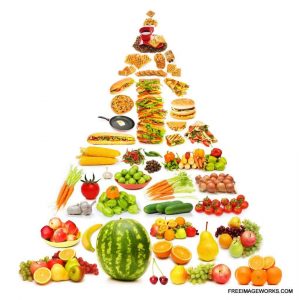 If you grew up knowing just what to eat based on the food pyramid, you might have some rethinking to do. While the old food pyramid is out of the door, the new one created by the USDA is far more relevant in light of what is known today. There’s no longer the base of grains with a smaller section divided into fruits and vegetables and an even smaller section divided between milk and protein sources, ending in the tiny top containing healthy fat, oils and sugar treats. That’s no longer considered healthy eating.
If you grew up knowing just what to eat based on the food pyramid, you might have some rethinking to do. While the old food pyramid is out of the door, the new one created by the USDA is far more relevant in light of what is known today. There’s no longer the base of grains with a smaller section divided into fruits and vegetables and an even smaller section divided between milk and protein sources, ending in the tiny top containing healthy fat, oils and sugar treats. That’s no longer considered healthy eating.
The new food pyramid still may not be accurate, although it’s far more flexible than the old.
The old food pyramid simply looks different and doesn’t allow for flexibility, but that doesn’t mean either is right. In fact, some people say the food pyramid may be one of the reasons there’s such an epidemic of obesity. For instance, after the emphasis on the food pyramid and keeping fat lower, there was a huge increase in low fat products, which we now know actually causes people to gain weight. Think about it. It’s highly processed and a healthy diet means a diet that’s far less process.
Should grain be your primary source of calories?
There’s always lobbying groups or special interest groups that affect all the information we get on good health. Those lobbying for grain producers actually affected the amount of cereal and grain products found in the food group. Long ago, a group of Harvard scientists were paid to link fat to heart disease, by the sugar industry, which is why fat of all types is still considered unhealthy by many. Even the type of grain encouraged came from refined highly processed grain products.
The MyPlate model is better, but still not perfect.
My plate emphasizes the types of carbs that are healthier, with fruits and vegetables taking up half the plate, starches and carbs one fourth the area and lean protein the last fourth. There’s also a side of milk products shown. Check the entire MyPlate graphic and you won’t find any healthy fat! A better option is the Harvard Healthy Eating Plate. It not only shows the division of food and includes all types of food, it identifies the healthy ones to eat. Consider how many unhealthy choices you can make when picking protein, such as hot dogs or processed meat. Look at the difference in options between refined flour products and whole grain. The Healthy Eating Plate directs you to the healthy options.
- The MyPlate model and the food pyramid emphasize drinking milk and dairy. It’s been found to be far less healthy than once thought.
- The food pyramid includes starchy vegetables like potatoes, with green or other healthy vegetables. A plate of potatoes does not provide all the nutrients you need, even if they do contain chives.
- There should be more focus on healthy fat like Omega-3 fatty acids, rather than reducing the amount of fat in the diet. Your body needs fat and it helps to keep you feeling full, so you eat less.
- Learning to eat healthier is the best way to achieve a healthy weight and good health. There are too many things that the MyPlate model or Food Pyramid don’t address or leave to potentially unhealthy discretion.

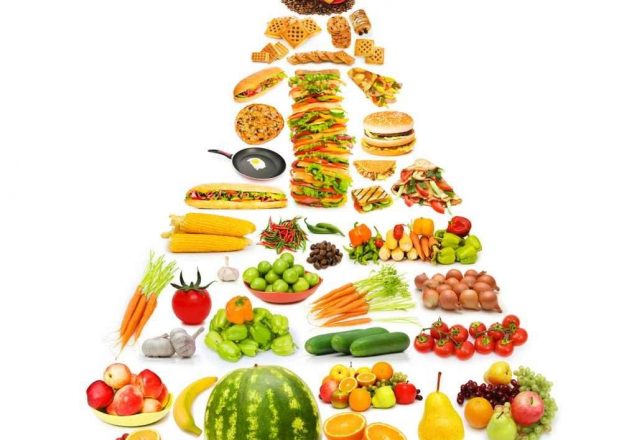
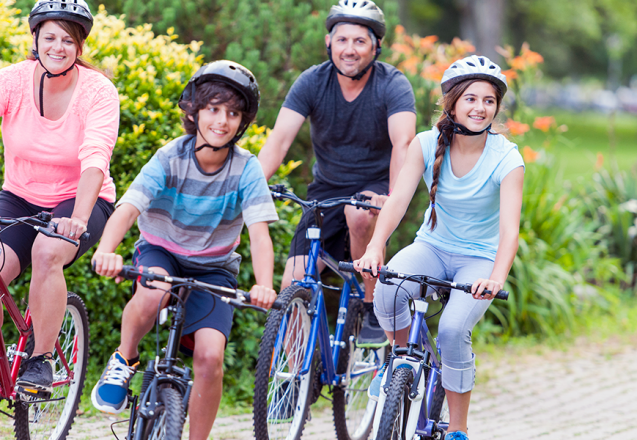
 If you’ve been working out for a while and are firmly grounded in eating healthy, you might want to extend that great feeling to those you love and help develop better habits for the whole family. Even if you’re new to the healthier lifestyle, it can also be part of your goal. You’ll be leading by example, for starters, but there’s other ways you can get your spouse, children and maybe even friends on the fitness bandwagon without saying a word.
If you’ve been working out for a while and are firmly grounded in eating healthy, you might want to extend that great feeling to those you love and help develop better habits for the whole family. Even if you’re new to the healthier lifestyle, it can also be part of your goal. You’ll be leading by example, for starters, but there’s other ways you can get your spouse, children and maybe even friends on the fitness bandwagon without saying a word.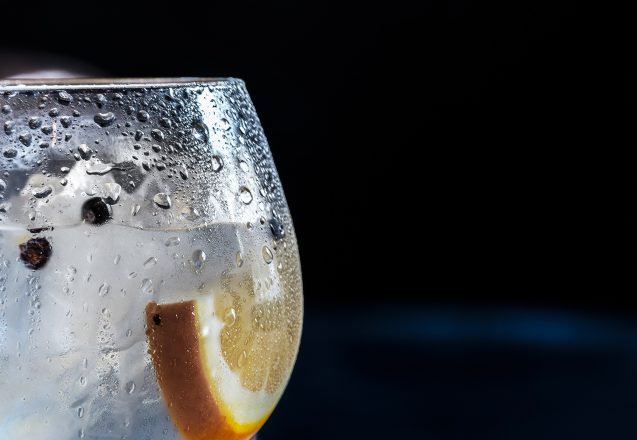
 One often forgotten, but important, activity for good health is to stay hydrated. It’s simple to understand why it’s so important. Your body is made mostly of water. While the percentage of water varies based on sex and age, the body contains approximately 55-65 % water. The older you get, the less fluid your body has, making dehydration for seniors more of a problem. Your body also needs it for a wide variety of processes and if it’s not available, those processes either aren’t completed or don’t give the results necessary.
One often forgotten, but important, activity for good health is to stay hydrated. It’s simple to understand why it’s so important. Your body is made mostly of water. While the percentage of water varies based on sex and age, the body contains approximately 55-65 % water. The older you get, the less fluid your body has, making dehydration for seniors more of a problem. Your body also needs it for a wide variety of processes and if it’s not available, those processes either aren’t completed or don’t give the results necessary.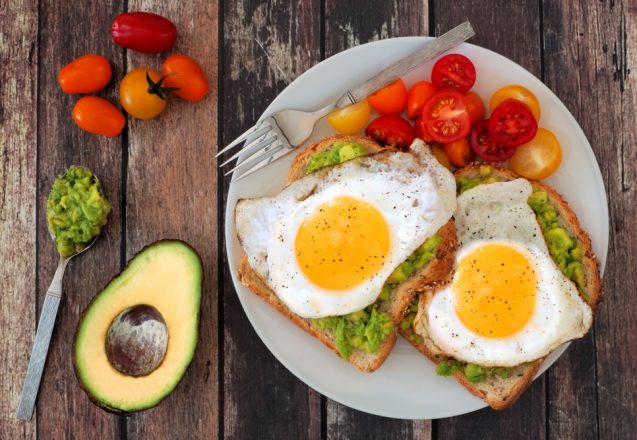
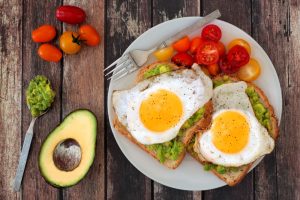 I’m finding fewer and fewer people eat a solid breakfast, yet I think it’s one of the most important meals of the day. Luckily, here in Florida, there are fresh options readily available. You aren’t really eating breakfast if you opt for a cup of coffee and a donut. Even a bowl of cereal isn’t enough. Although, depending on the type of cereal, it may be a good start. Breakfast is particularly important if you’re using an intermittent fasting technique where you eat food in an eight hour span and fast for sixteen. The fast ends at seven or eight AM and food is consumed to three or four PM, when the fast begins again.
I’m finding fewer and fewer people eat a solid breakfast, yet I think it’s one of the most important meals of the day. Luckily, here in Florida, there are fresh options readily available. You aren’t really eating breakfast if you opt for a cup of coffee and a donut. Even a bowl of cereal isn’t enough. Although, depending on the type of cereal, it may be a good start. Breakfast is particularly important if you’re using an intermittent fasting technique where you eat food in an eight hour span and fast for sixteen. The fast ends at seven or eight AM and food is consumed to three or four PM, when the fast begins again.
 One of the best benefits of walking is that you get to see and experience so much more of the world around you that you miss when you drive or ride in a vehicle. However, walking also comes with a plethora of health benefits that shouldn’t be overlooked. It’s simple to do and free, actually saving money in some cases if a taxi or Uber was the alternative. The drawback is that it takes more time to do in some cases. For shorter distances, particularly in congested cities, it may actually be quicker.
One of the best benefits of walking is that you get to see and experience so much more of the world around you that you miss when you drive or ride in a vehicle. However, walking also comes with a plethora of health benefits that shouldn’t be overlooked. It’s simple to do and free, actually saving money in some cases if a taxi or Uber was the alternative. The drawback is that it takes more time to do in some cases. For shorter distances, particularly in congested cities, it may actually be quicker.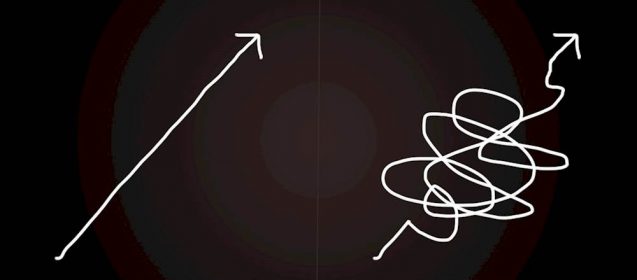
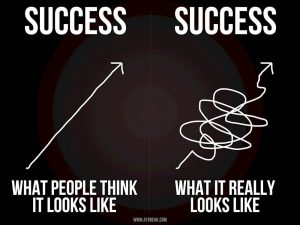 If you’ve ever faced a weight plateau, you’re like many other people trying to lose those extra pounds. The answer isn’t always simple. I have clients in Florida that have failed before they started to workout with me because they gave up when plateauing occurred. That’s not an option in my book. In fact, there are ways to break through and even avoid it. It’s important to understand why plateauing occurs, first.
If you’ve ever faced a weight plateau, you’re like many other people trying to lose those extra pounds. The answer isn’t always simple. I have clients in Florida that have failed before they started to workout with me because they gave up when plateauing occurred. That’s not an option in my book. In fact, there are ways to break through and even avoid it. It’s important to understand why plateauing occurs, first.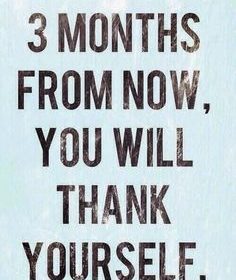
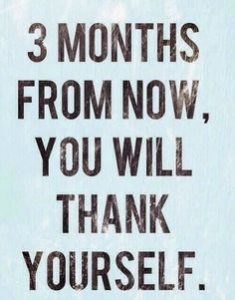 Whether you’re dreading the commotion and bustle of the holiday season or simply hate the shorter days and colder weather of winter, sometimes you need a little help to make it through the day. Here are some tips to make it through the winter and help you become healthier in the process. Winter months can cause depression, stemming from the shorter hours of sunlight. Just because you live in sunny Florida, it doesn’t exclude you from Seasonal Affective Disorder, often just called SAD. It’s a condition that interferes with your internal clock causing symptoms of depression, anxiety and low energy.
Whether you’re dreading the commotion and bustle of the holiday season or simply hate the shorter days and colder weather of winter, sometimes you need a little help to make it through the day. Here are some tips to make it through the winter and help you become healthier in the process. Winter months can cause depression, stemming from the shorter hours of sunlight. Just because you live in sunny Florida, it doesn’t exclude you from Seasonal Affective Disorder, often just called SAD. It’s a condition that interferes with your internal clock causing symptoms of depression, anxiety and low energy.
 Just because you’re starting a workout program at home, it doesn’t mean you have to shop for bulky expensive equipment. Some people simply don’t have the room or the money for them. You can get fit without a lot of equipment and avoid that expensive dust collector that often doubles as a clothes’ hanger when it’s not in use. That’s one of the benefits of my online program is that it’s designed for people who either don’t have equipment or have some smaller, less expensive items.
Just because you’re starting a workout program at home, it doesn’t mean you have to shop for bulky expensive equipment. Some people simply don’t have the room or the money for them. You can get fit without a lot of equipment and avoid that expensive dust collector that often doubles as a clothes’ hanger when it’s not in use. That’s one of the benefits of my online program is that it’s designed for people who either don’t have equipment or have some smaller, less expensive items.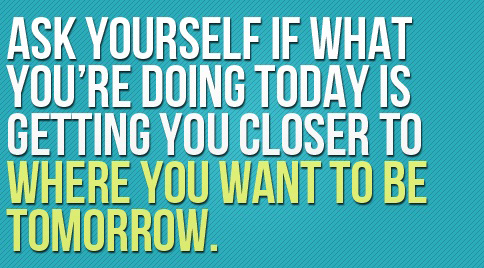
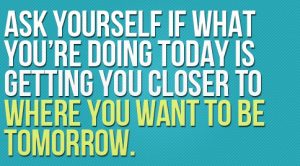 Your motivation to get in shape is probably different from your neighbor’s, your friends or even a family member’s. It should be something you truly want to do or you can expect less than stellar results. I can’t tell you how many clients have told me they want to get in better shape because their spouse said they needed to do it. Many of those people failed and those that succeeded actually had their own inner motivation, besides the spouse’s urging. You need to own your motivation to get through the tough parts.
Your motivation to get in shape is probably different from your neighbor’s, your friends or even a family member’s. It should be something you truly want to do or you can expect less than stellar results. I can’t tell you how many clients have told me they want to get in better shape because their spouse said they needed to do it. Many of those people failed and those that succeeded actually had their own inner motivation, besides the spouse’s urging. You need to own your motivation to get through the tough parts.
 If you want beautiful skin, you’re like most people—both male and female. Each person is unique with specific needs. However, there are some general rules that will you in your efforts of keeping your skin beautiful no matter what the season. It starts with recognizing the obvious, whether your skin is oily or dry. Even if your skin is oily, winter months in colder areas can cause surface drying. That means heavier moisturizers and attention to exfoliating. While you should exfoliate all through the years, it’s especially important when the air is dry, which causes dead skin cells to accumulate.
If you want beautiful skin, you’re like most people—both male and female. Each person is unique with specific needs. However, there are some general rules that will you in your efforts of keeping your skin beautiful no matter what the season. It starts with recognizing the obvious, whether your skin is oily or dry. Even if your skin is oily, winter months in colder areas can cause surface drying. That means heavier moisturizers and attention to exfoliating. While you should exfoliate all through the years, it’s especially important when the air is dry, which causes dead skin cells to accumulate.